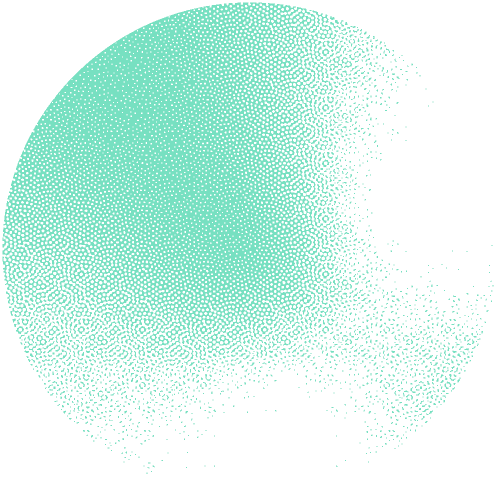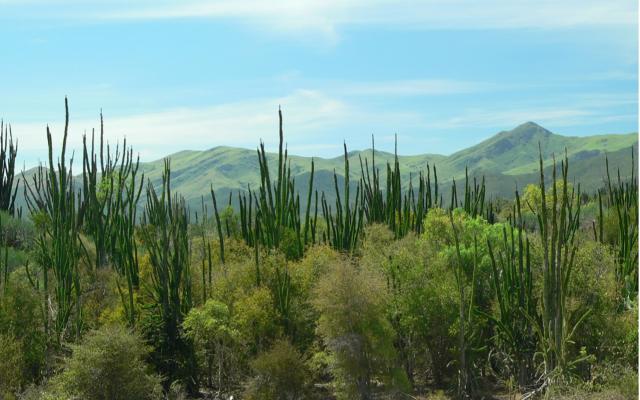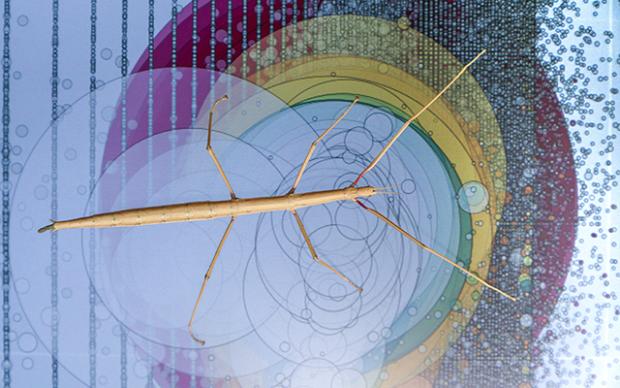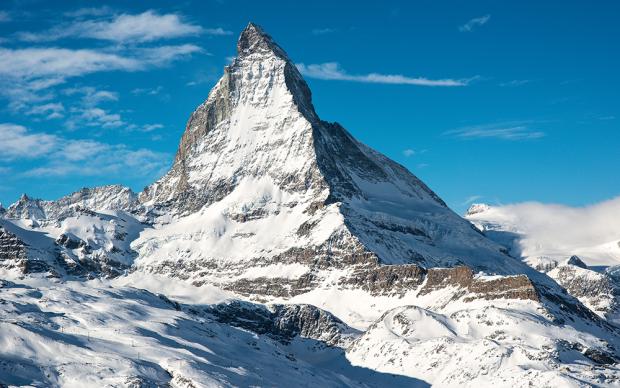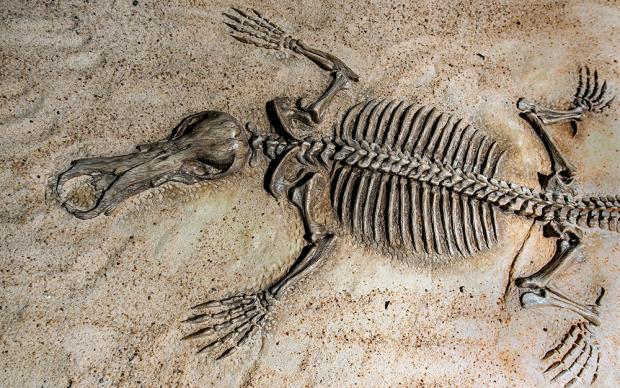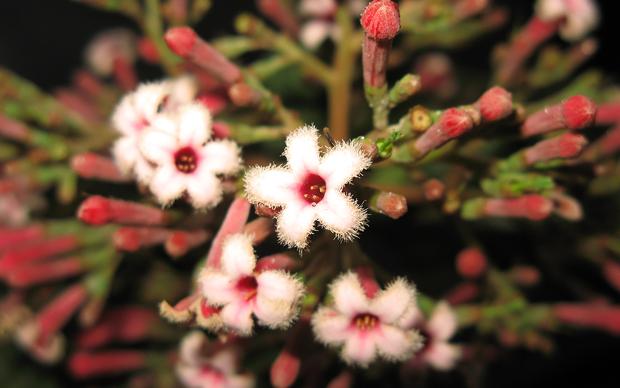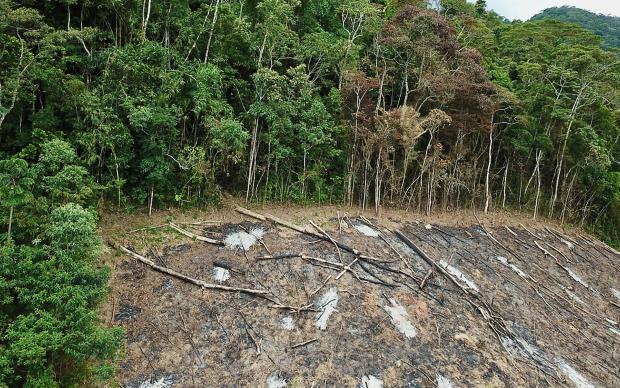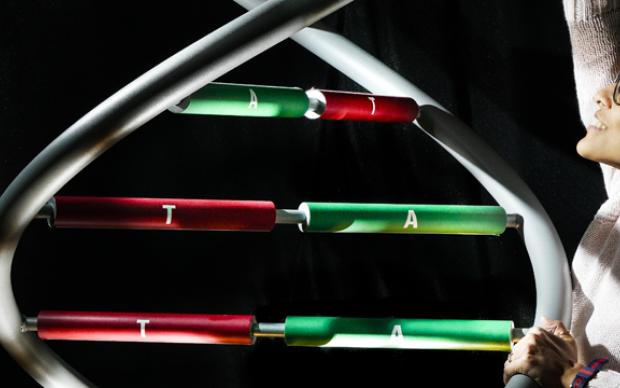A major review of Madagascar’s unique biodiversity has just taken place, involving over 50 organisations worldwide. Madagascar is one of the world’s foremost biodiversity hotspots with 82% of its plants and 90% of its vertebrates occurring nowhere else on Earth. The results of the research, which were supported by AI-based tools developed by SIB’s Daniele Silvestro and his team at the University of Fribourg, have been published in two papers in Science. They show an urgent need for collaborative measures for science-based conservation and the researchers propose future actions for this.
Bringing together the most up to date resources and using cutting-edge techniques to predict conservation status, the international team evaluated the threats facing terrestrial and freshwater biodiversity and looked at future opportunities for conservation and restoration.
SIB’s Group Leader Daniele Silvestro and his team contributed to this work by predicting the risk of extinction and possible threats across almost 6,000 species of plants in Madagascar. “Assessing the conservation status of species is the first step toward designing effective conservation action. The issue is that for the majority of organisms, especially among plants, fungi, and invertebrates such an assessment is still lacking. Thanks to the approaches developed, we were able to predict the extinction risk for thousands of plant species by processing available online databases with machine learning” Silvestro says. To do this, the scientists developed open-source software relying on a form of artificial intelligence called Bayesian neural networks. This builds on the development of an open-source software using artificial intelligence to better identify areas and species in need of protection which was reported earlier this year.
The results of this study make a strong case for Madagascar as one of the regions of strongest priority for conservation. Researchers have come to a more detailed understanding of the past and present diversity in this region, as well as its current distribution and the coming threats. The collaborators conclude by calling for a continued acceleration of the gathering and analysis of data in order to safeguard the unique diversity of Madagascar. They also propose opportunities for action to further conservation in a just and equitable way, from an increased dataset production and availability to addressing the root causes of biodiversity loss, including poverty and food insecurity.
Open source tools developed by Daniele Silvestro’s team:
Reference(s)
Ralimanana H. et al. Madagascar’s extraordinary biodiversity: Threats and opportunities. Science.
Antonelli A. et al. Madagascar’s extraordinary biodiversity: Evolution, distribution, and use. Science.
Zizka A. et al. IUCNN – Deep learning approaches to approximate species' extinction risk. Diversity and Distributions.
Banner image credit: Board of Trustees, RBG Kew
